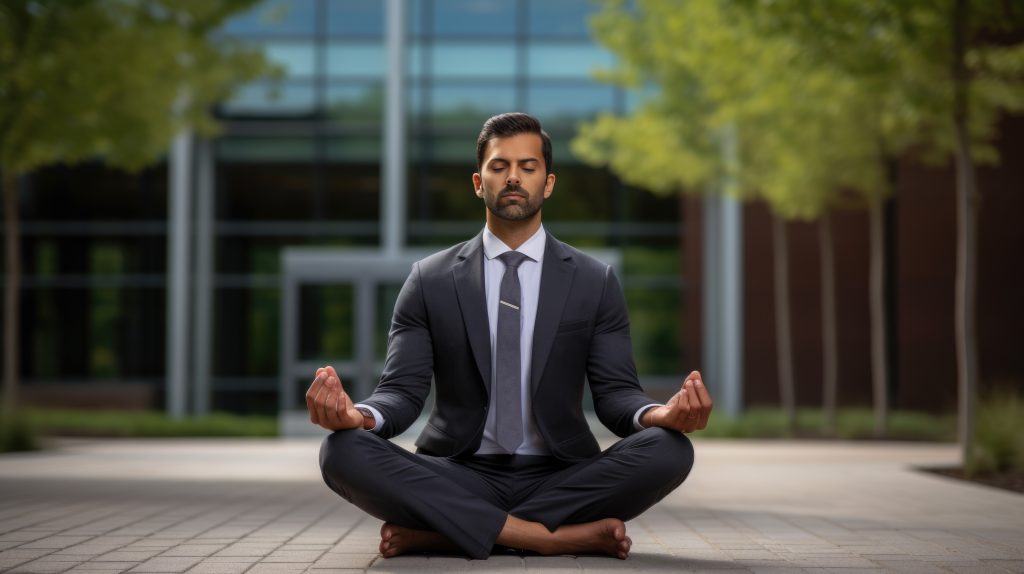-by Shri Jerzy Luberda, Poland
Foreign Professional Member, IYA
Parameters of muscular fitness or strength, along with other components that determine the level of human fitness, are measured similarly for both patients and the athletes. Consequently, medicine, physical recreation, and sports are beginning to merge in the field of kinesiotherapy. For patients and gymnasts, in preventive health care, the objectives will differ depending on their current health status and the body’s capabilities.
Active kinesiotherapeutic exercises can induce appropriate body reaction and general fitness. Synergistic relaxation and breathing techniques can be combined with kinesipsychoprophylaxis – physical practices methods for diseases prevention. Unlike modern exercises and their modifications, which are sometimes used as a marketing gimmick, ancient arts (or practices), taught by qualified instructors with academic certificates, have retained unchanged principles and repetition, continuing centuries-old traditions. In view of the above, proper preventive health training using hatha yoga asanas as well as kinesitherapy, kinesipsychoprophylaxis practices are convergent when it meets, among other things, the principles of guided movement (the proper process of conducting exercises) that:
- takes place around the physiological axis of the joint (sagittal, vertical, transverse) and in the appropriate plane for the movement (sagittal, frontal, transverse);
takes place in the full range of all movements in the joint if in the exercised person this is possible;
is characterized by intense exercise, without causing inflammatory reactions in the joints and excessive fatigue of weakened muscles;
is in the rhythm of exercise taking into account the phases of contraction and relaxation of muscles and relevant breaks;
has conscious control over reducing excessive muscle tension, i.e., ultimately, skillful muscle relaxation by the exerciser;
is versatile through the formation and maintenance of general fitness in successive stages of exercise prevention;
is in systematic repetition of exercises, as they do not give permanent effects due to the passage of time (aging processes of the body cause a constant need to repeat exercises);
is in graded load, since the magnitude of the exercise load is the amplitude of the stimulus that triggers the adaptive response
is in practices cyclical through micro and macro cycles of muscle work, recovery and supercompensation (adaptation to a higher level of performance after sufficiently intense physical exercise).
Using modern knowledge of anatomy, biomechanics, kinesiology, human physiology, we can understand and practice the ancient arts of movement. At the same time we do should not expect spectacular results in a short period of time. Patience is crucially important in the practice of hatha yoga.
It is worth promoting the regularity of hatha yoga asana sessions in preventive health care to maintain mental and physical fitness (also for seniors, asanas in facilitated versions are recommended to maintain, among other things, manual dexterity and locomotion). The historical division includes meditative, cultural (spiritual), and relaxation asanas. Another division of asanas can also be divided based on the position according to the possibilities of body biomechanics (center of gravity), kinesiology of muscle work directions (eccentric, concentric), and the anatomy of joint directions and axes (planes, axes). Yet another division of asanas can be based on the effect of an asana on the physiology of human internal organs and systems. A simplified method to divide asanas according to the direction of spine work: forward bend, backward bend, side bend, and twists. The physical characteristics of a healthy practitioner of hatha yoga are explained in the second chapter of the Hatha Yoga Pradipika—a classical text of hatha yoga:
vapuḥ kṝśatvaṃ vadane prasannatā
nāda-sphuṭatvaṃ nayane sunirmale |
aroghatā bindu-jayo|aghni-dīpanaṃ
nāḍī-viśuddhirhaṭha-siddhi-lakṣaṇam || 78 ||
Slimness of body, luster on the face, clarity of voice, brightness of eyes, freedom from disease, control over seminal ejaculation (bindu), stimulation of gastric fire and purification of nadis are marks of success in hatha yoga”.
Asana is the result of purification practices, making it feasible. Asana provides the opportunity to concentrate. Ordinary exercises (without the yoga path) are only a movement or a purpose for their limited execution. Yoga practice includes a broader aspect, from preparing the body to preparing the mind, using breathing practices as well. The body-mind complex cooperates and becomes harmonious (when we perform asanas). In other forms of exercise, e.g., with music or to achieve results only for the body, the mind wanders elsewhere. The physiology of yoga differs from the scientific human physiology because the ancient belief system of yoga focuses on channels of energy in the body. When a person practices yoga, with a yogic attitude (attitude of patience, persistent practice, overcoming obstacles within oneself, that is, trouncing laziness, anger, delusion, and the desire to be different or better than others), several changes occur in physiology.
BIBLIOGRAPFY
Pancham Sinh, Hatha Yoga Pradipika, 1914.
Swami Kuvalayananda, Yoga Mimamsa, 1926.
Swami Kuvalayananda, Āsanas, 1933.
Swami Kuvalayananda i Dr. SL Vinekar, Yogic therapy; its basic principles and methods, 1963.
Subbarayappa BV. A perspective. Medicine and Life Sciences in India. In: Subbarayappa BV, Editor. New Delhi: Centre for Studies in Civilizations; 2001.
A. Zembaty, Kinezyterapia, Wydawnictwo Kasper, Kraków, 2002.
M. Grabara, J. Szopa, Asany jogi dla współczesnego człowieka, AWF, Katowice 2011.
K. Milanowska, Kinezyterapia, PZWL, Warszawa, 2015.
F. Paulsen, J. Washke, Sobotta, Atlas de anatomie. Allgemeine Anatomie und Bewegungsapparat. Elsevier Urban & Fisher, Deutshland 2019.
N. G. Rao, Through and Through Yoga, Kaivalyadhama Yoga Institute Research Center, Lonavala, 2021.
J. Luberda, Wybrane rośliny lecznicze Indii, wykorzystanie w profilaktyce i medycynie, [w]: Rośliny zielarskie, kosmetyki naturalne i żywność funkcjonalna. Monografia Naukowa VIII konferencji. Polskie zioła w medycynie i tradycji kulturowej, red. I. Wawer, H. Różański, Krosno-Wrocław 2022.
R. Noroozi et al., Analysis of epigenetic clocks links yoga, sleep, education, reduced meat intake, coffee, and a SOCS2 gene variant to slower epigenetic aging”, GeroScience, 2023.
